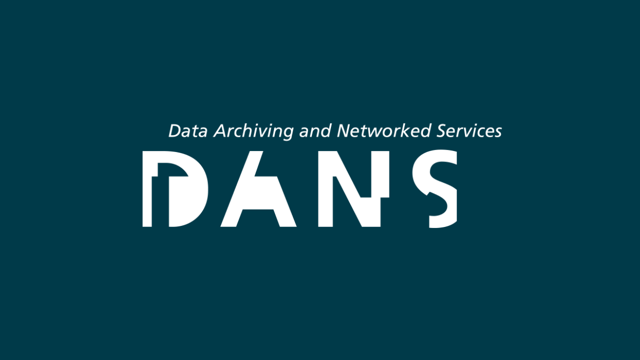The Dead Sea Scrolls (DSS, Dead Sea Scrolls) is a collection of book scrolls that were found in desert caves near Qumran in the middle of the last century. Among other things, they appear to contain biblical textual material and they are older than manuscripts that have been handed down until then.
For decades, the roles were limited in access, and a select group of scholars scrupulously monitored access, but they did publish a concordance. In the 90s of the last century, biblical scientist Martin Abegg distilled the unpublished transcripts and broke the monopoly. Since then, the transcripts have been commercially published by biblical software producer Accordance and publisher Brill. Researchers still had no good opportunities to do computer-supported research on the material.
A unique collaboration between Jarod Jacobs, Martijn Naaijer (PhD student VU) and Dirk Roorda (DANS) led to Abegg making his data available free of charge, and that Jarod, Martijn and Dirk processed the material into a researchable dataset on GitHub . Not only is that data there, but because GitHub itself is archived again by the Software Heritage Archive in Paris, the roles have also been saved there. To top it off, the material is also archived at Zenodo, a service of CERN, Geneva.
Whoever wants to get started with this data set can install Text-Fabric. After that it is only one command to be able to open the text of the Dead Sea Scrolls. If Python3 is installed, this is sufficient:
ip3 install text-fabric
text-fabric dss
For Martijn Naaijer and Jarod Jacobs, the next step is to further investigate the variations between the text sources of the Hebrew Bible in order to better map the history of the text and the development of the language. They do this in the Creating Annotated Corpora of Classical Hebrew Texts (CACCHT) project together with Robert Rezetko, Oliver Glanz and Wido van Peursen.
For DANS and Dirk Roorda, this means a next step in the logistics of researching historical text material. Several other corpora have already been placed in Text-Fabric, such as the Koran and Old Babylonian letters (clay tablets). This helps researchers who want to go “digital” to use the computer in their research more easily. It helps when colleagues use the same techniques in other languages, because it is no easy task to process data in such a way that the origin remains clear and sources and results are available for a long time.
More information
On July 9 the workshop “From Manuscript to Text Analytics”, part of the DH2019 conference in Utrecht, will go hands-on with the aforementioned corpora.

